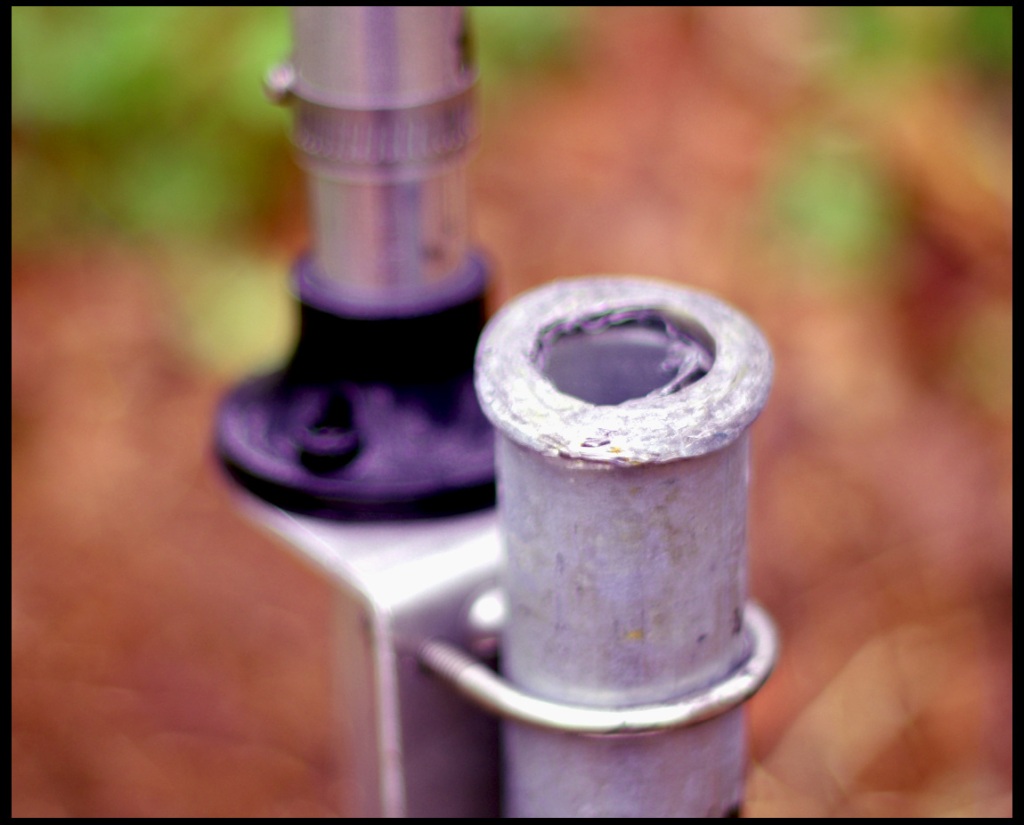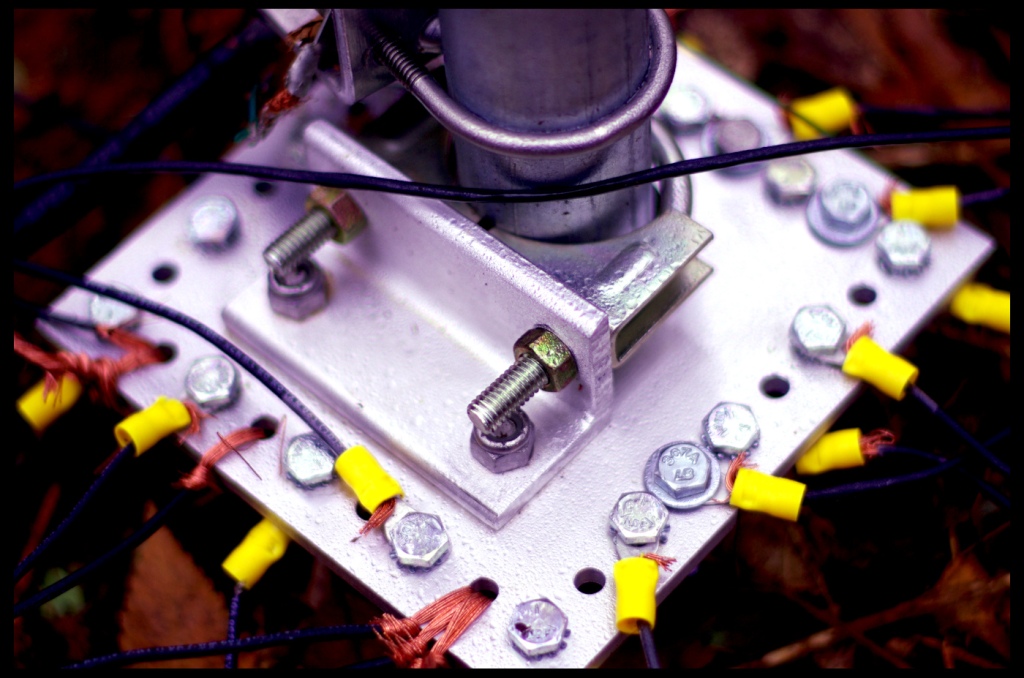
How often have you tried your luck with a trap vertical antenna? They are often praised for their ability to work the bands in spite of restricted spaces and HOAs. But, have you ever tried to use one that’s planted firmly in a forest of dense foliage … amid the tall pines and oaks?
Lately, I decided on a whim to try the forest vertical, ignoring for the most part the admonitions that came back to me when I’d floated the idea. I used a 4BTV with a couple dozen radials, ground mounted in a wooded lot of about a third of an acre, which contained at one point 126 trees. I’ve since removed a number of them, but many still remain. I found a space where the minimum disctance in all directions was about a quarter wavelength on 20 meters. Could the signal make the trip through the greenery to the outside world?
The first weekend I snagged about a dozen countries from the North Carolina QTH, including Chile, Argentina, Finland, Sweden, the Cayman Islands, and French Guyiana. These are easy picks for most any Yagi, or even a dipole in good conditions, but the conditions were really pretty terrible. The MUF hovered just about even with the top end of twenty meters. Maximum usable frequency is not necessarily easily used frequency HiHi.
Figure: The radial base of stainless steel is a must IMO
Try not to look at the twist-off tie-ins put onto the base right before the rain! Other than that, I thought the base both looks good and works better than the suggested tie-offs to the ubolts and nuts to secure the radials. The plate adds only 20 bux – and makes the radials a breeze.
All in all, I’d say that it’s possible to work the bands with a vertical in the woods, if one allows oneself a little leeway on expectations. My signal reports are a little lower than with the dipoles, but due to the radiation angle the contacts are more DX-ish. So, it’s a trade off that I’ll make, while I’ll keep the horizontal dipoles and loops for the less DX-ish stuff.
I put down 24 radials to start, and will likely add a few more as time permits./

Figure: Six pound sledge does do a number on the iron pipe support
